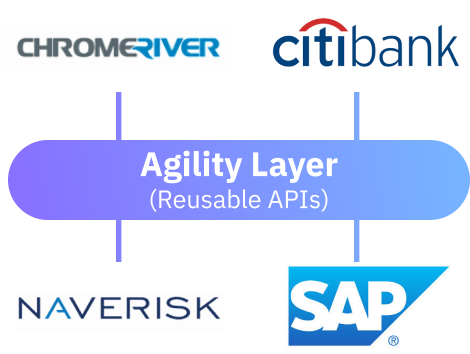Integration as an afterthought
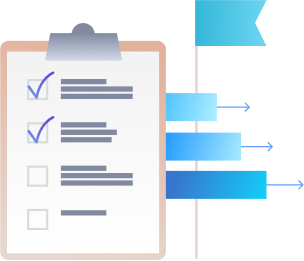
Your integration strategy should be focused on more than just implementing your critical systems. Start thinking about how those systems will connect in the future.
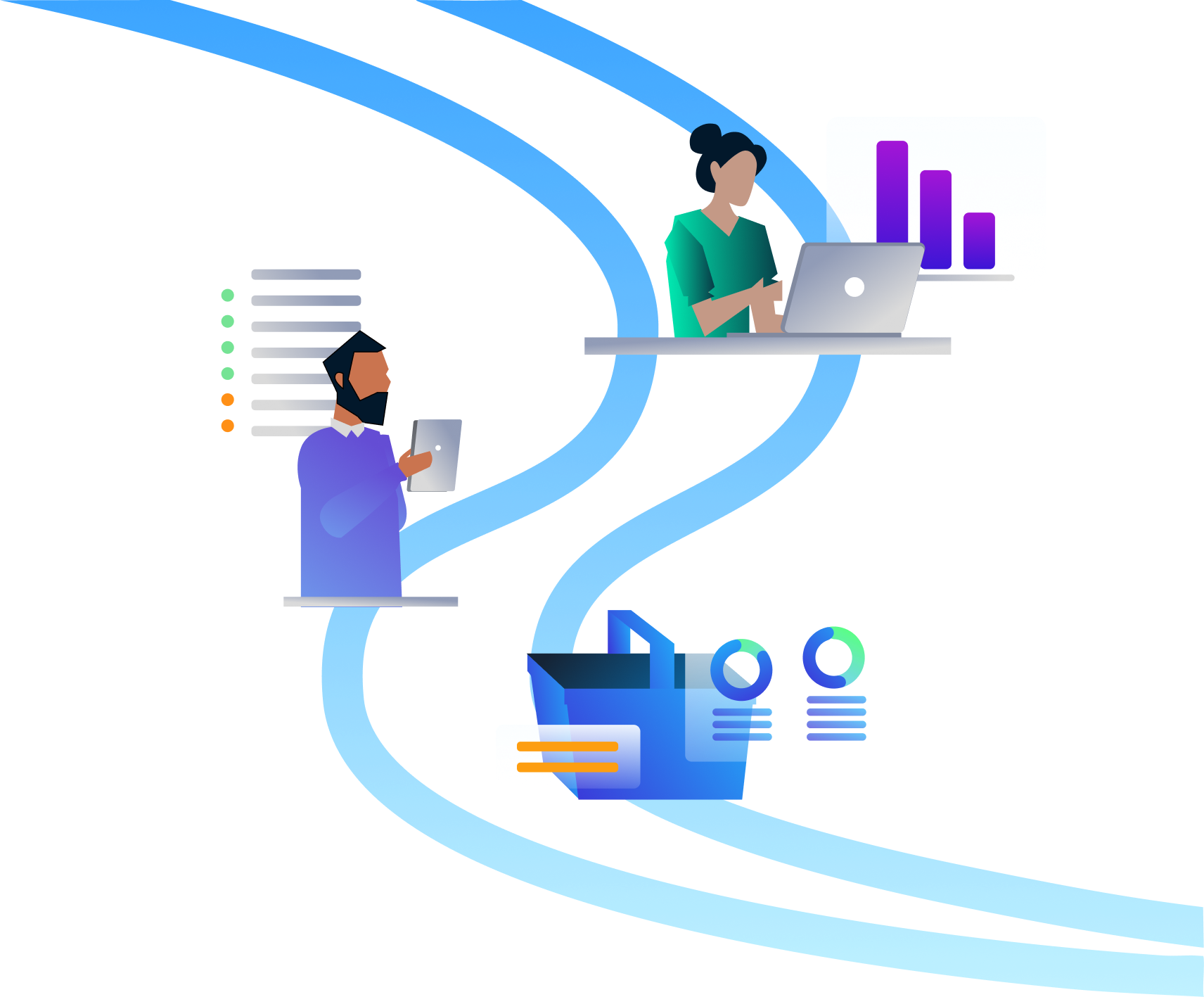

Your integration strategy should be focused on more than just implementing your critical systems. Start thinking about how those systems will connect in the future.
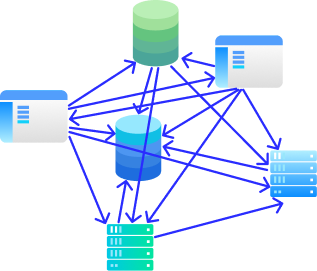
Two systems connected to each other is simple. That changes when there are 100 systems connected like this. Teams must tip-toe around brittle point-to-point architecture.
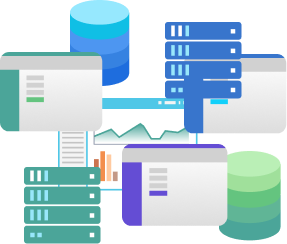
Vendor “integration platforms” are just proprietary interfaces for point-to-point integration. They produce a false sense of connectivity. In reality, they create vendor lock-in.

Demand for IT project throughput steadily increases while resource budgets stay flat or diminish. IT teams find themselves playing a cruel and constant game of catch up.
Replace your legacy point-to-point landscape with an API-based agility layer that enables reuse, legacy modernization, and innovation. This allows access to data for new products and services in a matter of days, instead of months.
Design and build your agility layer using the API-led approach:
1. Expose your data. 2. Describe your business. 3. Present your information to target applications and devices. Build APIs as modular, reusable components.
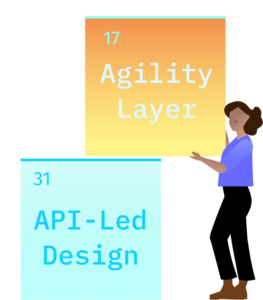
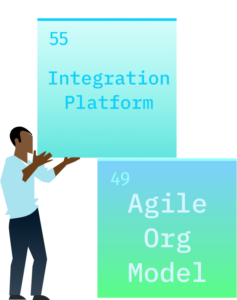
Start with a foundational platform that satisfies a few simple use cases. You can evolve that platform at your pace to an enterprise integration platform. This approach can rapidly deliver digital transformation results in line with your budget and resources. Explore the Fintech Hub >
Establish a new operating model based on agile principles and scalability. Enable your team to own the solution and train your ecosystem of developers and partners to securely access data through your library of reusable APIs.
 Enterprise Integration use cases
Enterprise Integration use casesModern integration is at the heart of our solutions. Below, are examples of enterprise integrations our team delivered leveraging reusable APIs that facilitate legacy modernization, faster development time, and increased throughput.
Implemented the MuleSoft Anypoint platform and followed the API-led approach to enable Workday as the management front-end using an existing PeopleSoft backend system of record. This resulted in the ability to assign students, faculty, and teachers to courseware, rooms, and other facilities for a major online education provider.
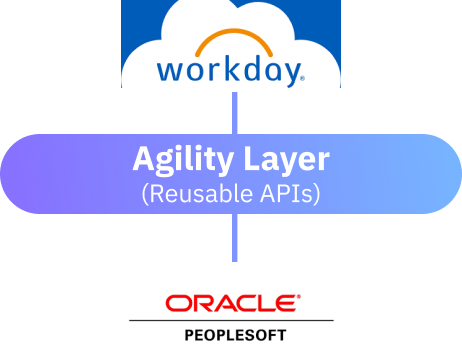
Partnered with a major aircraft parts and supplies company to architect an integration platform between three manufacturing ERP systems. The design successfully integrated two legacy ERP systems, JDE and a home-grown system, with a new JDA Software ERP system.
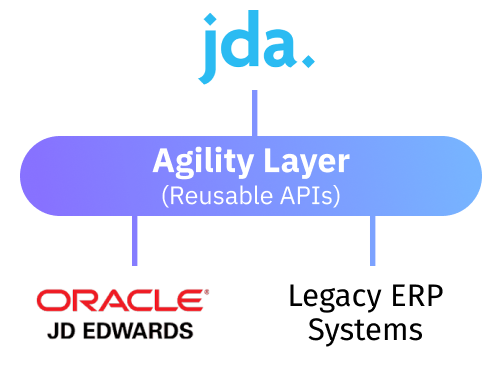
Implemented the MuleSoft Anypoint platform and used the API-led approach to deliver two key use cases. The first was to integrate and coordinate incoming orders between Salesforce and Magento. The second was to enable health supplement inventory management in JD Edwards to reflect real-time laboratory quality test results from Darwin LIMS (Thermo Fisher).
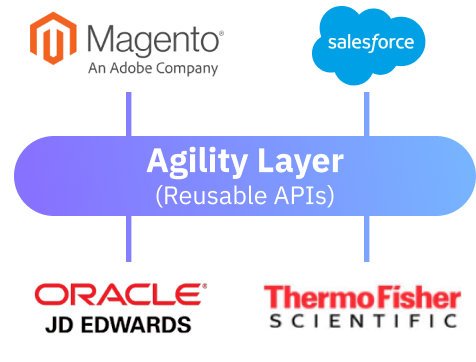
Designed and implemented an integration platform for a major American multinational oil and gas corporation to service multiple projects. These included automating and optimizing NavRisk Vision risk management system, Citibank/SWIFT, and other CMS, Federal, State, and Government regulatory entities. An additional project required integrating Chrome River expense management system with SAP.
